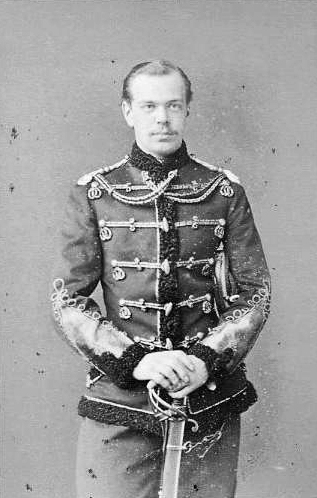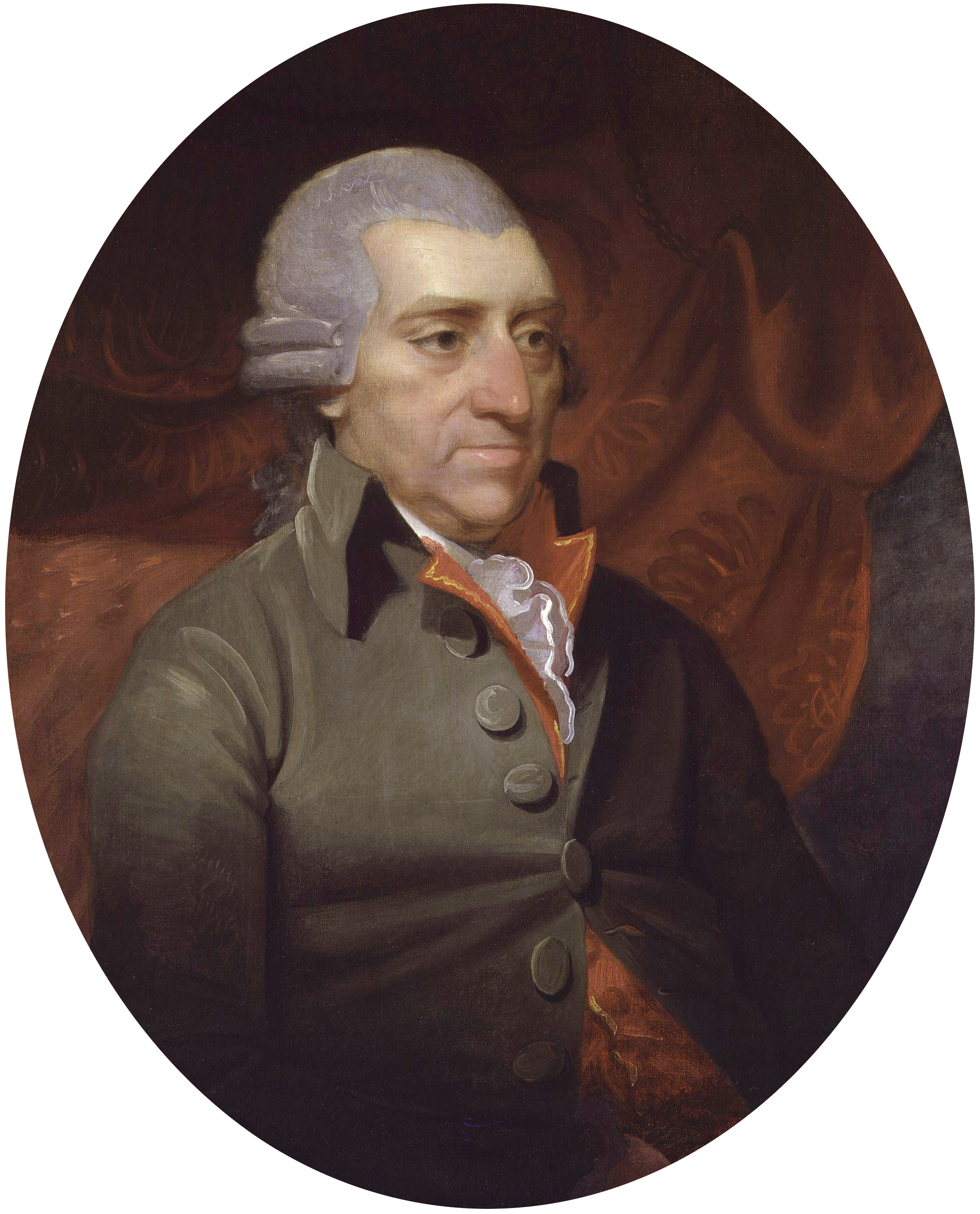|
Kresty Prison
Kresty (russian: Кресты, literally ''Crosses'') prison, officially Investigative Isolator No. 1 of the Administration of the Federal Service for the Execution of Punishments for the city of Saint Petersburg (Следственный изолятор № 1 УФСИН по г. Санкт-Петербургу), was a detention center in Saint Petersburg, Russia. The prison consists of two cross-shaped buildings (hence the name) and the Orthodox ''Church of St. Alexander Nevsky''. The prison has 960 cells and was originally designed for 1,150 detainees.Kresty article in ''Encyclopedia of Saint Peterburg'' Kresty was closed and in 2017 the inmates were relocated to a modern prison facility named Kresty-2. Wine warehouse The history of the prison starts in the 1730s. During the reign of |
Kresty Prison
Kresty (russian: Кресты, literally ''Crosses'') prison, officially Investigative Isolator No. 1 of the Administration of the Federal Service for the Execution of Punishments for the city of Saint Petersburg (Следственный изолятор № 1 УФСИН по г. Санкт-Петербургу), was a detention center in Saint Petersburg, Russia. The prison consists of two cross-shaped buildings (hence the name) and the Orthodox ''Church of St. Alexander Nevsky''. The prison has 960 cells and was originally designed for 1,150 detainees.Kresty article in ''Encyclopedia of Saint Peterburg'' Kresty was closed and in 2017 the inmates were relocated to a modern prison facility named Kresty-2. Wine warehouse The history of the prison starts in the 1730s. During the reign of |
Panopticon
The panopticon is a type of institutional building and a system of control designed by the English philosopher and social theorist Jeremy Bentham in the 18th century. The concept of the design is to allow all prisoners of an institution to be observed by a single security guard, without the inmates being able to tell whether they are being watched. Although it is physically impossible for the single guard to observe all the inmates' cells at once, the fact that the inmates cannot know when they are being watched means that they are motivated to act as though they are being watched at all times. Thus, the inmates are effectively compelled to regulate their own behaviour. The architecture consists of a rotunda with an inspection house at its centre. From the centre, the manager or staff of the institution are able to watch the inmates. Bentham conceived the basic plan as being equally applicable to hospitals, schools, sanatoriums, and asylums, but he devoted most of his effort ... [...More Info...] [...Related Items...] OR: [Wikipedia] [Google] [Baidu] |
Vladimir Antonov-Ovseenko
Vladimir Alexandrovich Antonov-Ovseenko (russian: Влади́мир Алекса́ндрович Анто́нов-Овсе́енко; ua, Володимир Антонов-Овсєєнко; 9 March 1883 – 10 February 1938), real surname Ovseenko, party aliases the 'Bayonet' (Штык) and 'Nikita' (Ники́та), a literary pseudonym A. Gal (А. Га́льский), was a prominent Bolshevik leader, Soviet statesman, military commander and diplomat. Early career He was born in Chernihiv, the son of an infantry officer and nobleman. He was of Ukrainian ethnicity. He studied at the secondary military school of Voronezh, but left the army in 1901 and joined a student Marxist circle in Warsaw. He graduated from military college in Saint Petersburg in 1904. In 1902 he secretly joined the Russian Social Democratic Labour Party (RSDLP) and set about organising a military section of the party among graduate officers in five cities. Early in the Russian Revolution of 1905 ... [...More Info...] [...Related Items...] OR: [Wikipedia] [Google] [Baidu] |
Leon Trotsky
Lev Davidovich Bronstein. ( – 21 August 1940), better known as Leon Trotsky; uk, link= no, Лев Давидович Троцький; also transliterated ''Lyev'', ''Trotski'', ''Trotskij'', ''Trockij'' and ''Trotzky''. (), was a Russian Marxist revolutionary, political theorist and politician. Ideologically a Marxist, his developments to the ideology are called Trotskyism. Born to a wealthy Jewish family in Yanovka (now Bereslavka, Ukraine), Trotsky embraced Marxism after moving to Mykolaiv in 1896. In 1898, he was arrested for revolutionary activities and subsequently exiled to Siberia. He escaped from Siberia in 1902 and moved to London, where he befriended Vladimir Lenin. In 1903, he sided with Julius Martov's Mensheviks against Lenin's Bolsheviks during the Russian Social Democratic Labour Party's initial organisational split. Trotsky helped organize the failed Russian Revolution of 1905, after which he was again arrested and exiled to Siberia. He once again escape ... [...More Info...] [...Related Items...] OR: [Wikipedia] [Google] [Baidu] |
Bolshevik
The Bolsheviks (russian: Большевики́, from большинство́ ''bol'shinstvó'', 'majority'),; derived from ''bol'shinstvó'' (большинство́), "majority", literally meaning "one of the majority". also known in English as the Bolshevists,. It signifies both Bolsheviks and adherents of Bolshevik policies. were a far-left, revolutionary Marxist faction founded by Vladimir Lenin that split with the Mensheviks from the Marxist Russian Social Democratic Labour Party (RSDLP), a revolutionary socialist political party formed in 1898, at its Second Party Congress in 1903. After forming their own party in 1912, the Bolsheviks took power during the October Revolution in the Russian Republic in November 1917, overthrowing the Provisional Government of Alexander Kerensky, and became the only ruling party in the subsequent Soviet Russia and later the Soviet Union. They considered themselves the leaders of the revolutionary proletariat of Russia. Their beliefs and ... [...More Info...] [...Related Items...] OR: [Wikipedia] [Google] [Baidu] |
Pavel Milyukov
Pavel Nikolayevich Milyukov ( rus, Па́вел Никола́евич Милюко́в, p=mʲɪlʲʊˈkof; 31 March 1943) was a Russian historian and liberal politician. Milyukov was the founder, leader, and the most prominent member of the Constitutional Democratic party (known as the ''Kadets''). He changed his view on the monarchy between 1905 and 1917. In the Russian Provisional Government, he served as Foreign Minister, working to prevent Russia's exit from the First World War. Pre-revolutionary career Pavel was born in Moscow in the upper-class family of Nikolai Pavlovich Milyukov, a professor in architecture who taught at the Moscow School of Painting, Sculpture and Architecture. Milyukov was a member of the House of Milukoff. Milyukov studied history and philology at the Moscow University, where he was influenced by Herbert Spencer, Auguste Comte, and Karl Marx. His teachers were Vasily Klyuchevsky and Paul Vinogradoff. In summer 1877 he briefly took part in Russo-Tur ... [...More Info...] [...Related Items...] OR: [Wikipedia] [Google] [Baidu] |
Constitutional Democratic Party
) , newspaper = ''Rech'' , ideology = ConstitutionalismConstitutional monarchismLiberal democracyParliamentarism Political pluralismSocial liberalism , position = Centre to centre-left , international = , colours = Azure White , country = Russia The Constitutional Democratic Party (russian: Конституцио́нно-демократи́ческая па́ртия, translit=Konstitutsionno-demokraticheskaya partiya, K-D), also called Constitutional Democrats and formally the Party of People's Freedom (russian: links=no, Па́ртия Наро́дной Свобо́ды), was a centrist, liberal political party in the Russian Empire that promoted Western constitutional monarchy — among other policies — and attracted a base ranging from moderate conservatives to mild socialists. Party members were called Kadets (or Cadets) from the abbreviation K-D of the party name. Konstantin Kavelin's and Boris Chicherin's writings ... [...More Info...] [...Related Items...] OR: [Wikipedia] [Google] [Baidu] |
Alexander Kerensky
Alexander Fyodorovich Kerensky, ; Reforms of Russian orthography, original spelling: ( – 11 June 1970) was a Russian lawyer and revolutionary who led the Russian Provisional Government and the short-lived Russian Republic for three months from late July to early November 1917. After the February Revolution, February Revolution of 1917, he joined the newly formed provisional government, first as Justice ministry, Minister of Justice, then as Minister of War, and after July as the government's List of heads of government of Russia#Russian Provisional Republic, second Prime Minister of Russia, Minister-Chairman. He was the leader of the Social democracy, social-democratic Trudoviks, Trudovik faction of the Socialist Revolutionary Party. Kerensky was also a vice-chairman of the Petrograd Soviet, a position that held a sizable amount of power. Kerensky became the prime minister of the Provisional Government, and his tenure was consumed with World War I. Despite mass opposition t ... [...More Info...] [...Related Items...] OR: [Wikipedia] [Google] [Baidu] |
Russian Provisional Government
The Russian Provisional Government ( rus, Временное правительство России, Vremennoye pravitel'stvo Rossii) was a provisional government of the Russian Republic, announced two days before and established immediately after the abdication of Nicholas II. The intention of the provisional government was the organization of elections to the Russian Constituent Assembly and its convention. The provisional government, led first by Prince Georgy Lvov and then by Alexander Kerensky, lasted approximately eight months, and ceased to exist when the Bolsheviks gained power in the October Revolution in October N.S.">Old_Style_and_New_Style_dates.html" ;"title="ovember, Old Style and New Style dates">N.S.1917. According to Harold Whitmore Williams, the history of the eight months during which Russia was ruled by the Provisional Government was the history of the steady and systematic disorganization of the army. For most of the life of the Provisional Government ... [...More Info...] [...Related Items...] OR: [Wikipedia] [Google] [Baidu] |
Alexander III Of Russia
Alexander III ( rus, Алекса́ндр III Алекса́ндрович, r=Aleksandr III Aleksandrovich; 10 March 18451 November 1894) was Emperor of Russia, King of Poland and Grand Duke of Finland from 13 March 1881 until his death in 1894. He was highly reactionary and reversed some of the liberal reforms of his father, Alexander II. This policy is known in Russia as "counter-reforms" ( rus, контрреформы). Under the influence of Konstantin Pobedonostsev (1827–1907), he opposed any reform that limited his autocratic rule. During his reign, Russia fought no major wars; he was therefore styled "The Peacemaker" ( rus, Миротворец, Mirotvorets, p=mʲɪrɐˈtvorʲɪt͡s). It was he who helped forge the Russo-French Alliance. Personality Grand Duke Alexander Alexandrovich was born on 10 March 1845 at the Winter Palace in Saint Petersburg, Russian Empire, the second son and third child of Tsesarevich Alexander (Future Alexander II) and his first wife ... [...More Info...] [...Related Items...] OR: [Wikipedia] [Google] [Baidu] |
Urban Legend
An urban legend (sometimes contemporary legend, modern legend, urban myth, or urban tale) is a genre of folklore comprising stories or fallacious claims circulated as true, especially as having happened to a "friend of a friend" or a family member, often with horrifying, humorous, or cautionary elements. These legends can be entertaining but often concern mysterious peril or troubling events, such as disappearances and strange objects or entities. Urban legends may confirm moral standards, reflect prejudices, or be a way to make sense of societal anxieties. Urban legends in the past were most often circulated orally, but now can also be spread by any media. This includes newspapers, mobile news apps, e-mail, and most often, social media. Some urban legends have passed through the years/decades with only minor changes, in where the time period takes place. Generic urban legends are often altered to suit regional variations, but the lesson or moral remains majorly the same. Or ... [...More Info...] [...Related Items...] OR: [Wikipedia] [Google] [Baidu] |
John Howard (prison Reformer)
John Howard FRS (2 September 1726 – 20 January 1790) was a philanthropist and early English prison reformer. Birth and early life Howard was born in North London, either in Hackney or Enfield. His father, also John, was a wealthy upholsterer at Smithfield Market in the city. His mother Ann Pettitt, or Cholmley, died when he was five years old, and, described as a "sickly child", he was sent to live at Cardington, Bedfordshire, some fifty miles from London, where his father owned property. His father, a strict disciplinarian with strong religious beliefs, sent the young John to a school in Hertford run by John Worsley. He went on from there to a dissenting academy run in London by John Eames. After school, John was apprenticed to a wholesale grocer to learn business methods, but he was unhappy. When his father died in 1742, he was left with a sizeable inheritance but no true vocation, a Calvinist faith and a quiet, serious disposition. Early travels In 1748, Howard left E ... [...More Info...] [...Related Items...] OR: [Wikipedia] [Google] [Baidu] |

.jpg)








